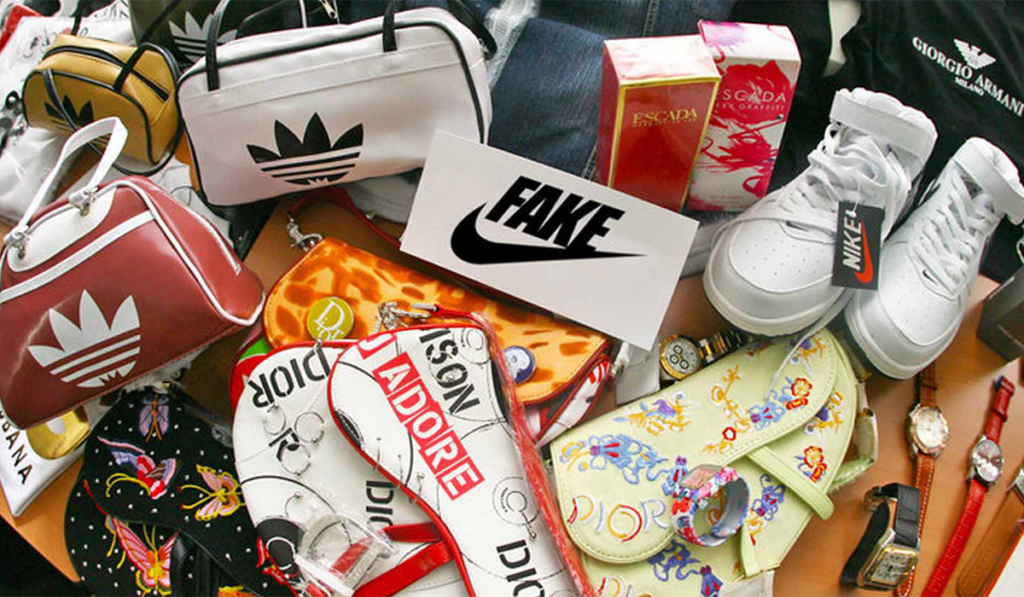 After nearly three years of pandemic-sized changes in all our lives, we seem to finally be over the COVID hump. While we’re all excited for the return to normalcy, some things will never be the same. For example, the hybrid or remote working environment has fundamentally changed the work atmosphere. Work dress codes have morphed from business casual to something resembling a cross between pajamas and workout gear. Most likely, the biggest transition over the last three to five years is the transition from traditional brick-and-mortar stores, restaurants and event venues to online entertainment, on-demand food delivery and the world of e-commerce for all our daily needs. Almost gone are the days of having to drive to a store to pick up essential items. Today, almost everything can be ordered online and delivered to our door in a matter of days if not hours.
After nearly three years of pandemic-sized changes in all our lives, we seem to finally be over the COVID hump. While we’re all excited for the return to normalcy, some things will never be the same. For example, the hybrid or remote working environment has fundamentally changed the work atmosphere. Work dress codes have morphed from business casual to something resembling a cross between pajamas and workout gear. Most likely, the biggest transition over the last three to five years is the transition from traditional brick-and-mortar stores, restaurants and event venues to online entertainment, on-demand food delivery and the world of e-commerce for all our daily needs. Almost gone are the days of having to drive to a store to pick up essential items. Today, almost everything can be ordered online and delivered to our door in a matter of days if not hours.
With this transition from traditional marketplaces to e-commerce, business owners operating online face additional risks. For brand owners, the risk of counterfeits has skyrocketed since the outbreak of COVID. According to some estimates, counterfeits cost legitimate businesses upwards of two billion dollars a year. So, what legal issues must businesses consider in regard to counterfeits and, importantly, how do they ward them off?
Protecting One’s Brand
The essential pivot to e-commerce resulted in greater brand exposure and exponential growth for many businesses; however, it is imperative that these businesses now protect their brands. How?
Trademark ownership, copyrights and other valuable IP: It’s important businesses protect all their brand names, product names, photos, graphics, and other content online. The best way for them to do this is to register their trademarks and copyrights with the United States Patent and Trademark Office or the United States Copyright Office. Registration is the first step to proper protection and provides the ability to enforce against bad actors who attempt to steal branded content and then represent it to the consuming public as their own.
Domain Names: Although a company should utilize only a single domain for business use, the concept of purchasing a defensive portfolio comprised of variations of its brand (which the business can park or redirect to its main site) is a good idea. This includes .org and .net versions of the .com domain. It is not uncommon for bad actors to purchase domain names capitalizing on common typos or misspellings for their benefit. Similarly, it’s important companies register the corresponding social media handles for their brands.
Monitoring One’s Competition
It is key that businesses know their marketplace and their competitors. There are several resources that can be utilized to keep an eye on the competition and the marketplace as a whole and detect bad actors and counterfeit products online. Additionally, most online marketplaces such as Amazon, eBay and the like have brand protection programs to help police registered brands. Additionally, Google Alerts may help businesses track both competitors and mentions of their own brands and/or products online.
It’s important businesses spend time watching for potential problems online. Simple searches online of their brands and products will often result in problematic results. Taking the time to police their brands will help to adequately protect them.
Counterfeit Claims
For a business to decide whether it needs to file a counterfeit claim against a bad actor, it must first determine whether the counterfeiter is actually violating the law. Under the law, a counterfeiter utilizes an illegitimate mark (brand) which is identical with, or substantially indistinguishable from, a registered trademark. Essentially, counterfeits are products that emulate a business’s goods in their entirety to deceive online purchasers into believing that they are buying the authentic goods.
What a business should look for: (a) Use of its brand/trademark; (b) use of its logos or close association of its logos; (c) similar colors and advertising styling; and (d) use of the business’s pictures, descriptions or other content to make it look like they are selling authentic product. Each of these are a good indicator that a business may need to file a counterfeit claim with the appropriate agency. It is always helpful that a business finds a good attorney or counsel that can provide it with resources and knowledge to help protect its brands and enforce its rights.
 Hani Sayed is a partner and chair of the Intellectual Property and Automotive Practice at Rutan & Tucker, LLP. His experience is technology extensive and covers products, processes and designs in mechanical, healthcare, information technology, material sciences, medical devices, computer networking, memory devices, electronics, gaming, apparel, nutritional supplements and biotechnology along with entertainment, sports and media.
Hani Sayed is a partner and chair of the Intellectual Property and Automotive Practice at Rutan & Tucker, LLP. His experience is technology extensive and covers products, processes and designs in mechanical, healthcare, information technology, material sciences, medical devices, computer networking, memory devices, electronics, gaming, apparel, nutritional supplements and biotechnology along with entertainment, sports and media.